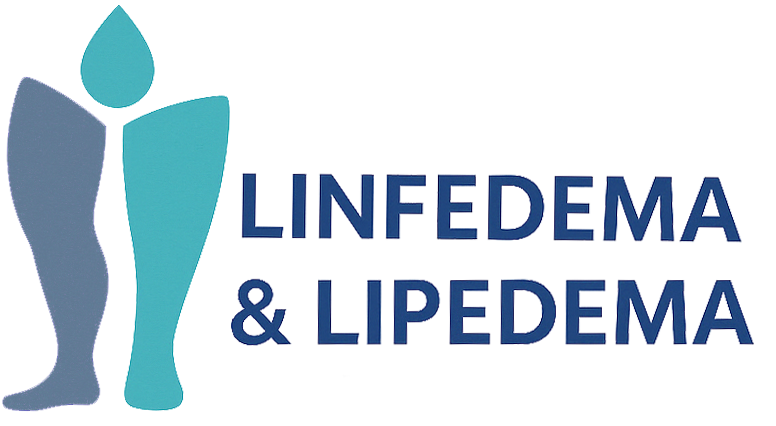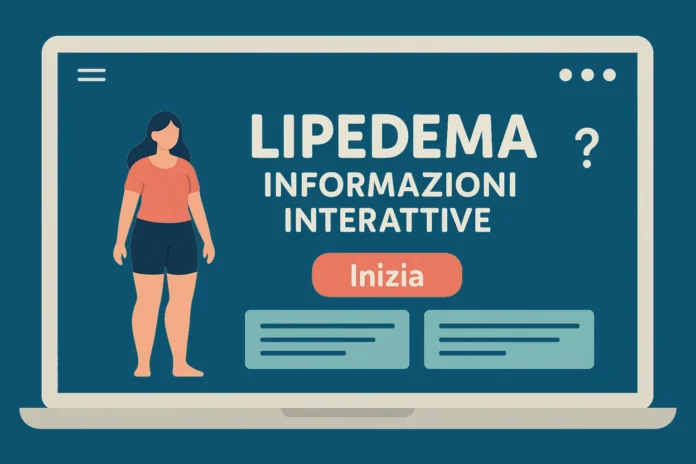Lipedema affects up to 10 % of women yet remains frequently misdiagnosed or confused with obesity and lymphatic edema. The review by Kruppa et al. synthesizes current thinking on how the disease begins and how best to recognise and manage it. Pathogenetically, three complementary hypotheses dominate: (1) dysregulated adipogenesis that drives disproportionate, painful fat expansion; (2) micro-angiopathic change leading to capillary fragility and interstitial fluid leakage; and (3) subtle lymph-microcirculatory dysfunction that perpetuates tissue inflammation and oedema. No single genetic driver has been confirmed, but emerging whole-exome data point toward variants in extracellular-matrix and vascular-development genes that could underlie the observed microangiopathy. (pubmed.ncbi.nlm.nih.gov)
Diagnosis is still entirely clinical. Key red flags are symmetrical, diet-resistant enlargement of the extremities sparing the feet, pain and easy bruising, a negative Stemmer sign, and a striking female predominance. Imaging (e.g., duplex, MRI-DIXON) or lymphoscintigraphy serves mainly to rule out co-morbid chronic venous insufficiency or primary lymphedema; they do not yet offer pathognomonic criteria. The authors underscore the pressing need for a biomarker panel, ideally integrating venous-lymphatic flow metrics with molecular adipokine signatures, to move diagnosis beyond visual inspection. (pubmed.ncbi.nlm.nih.gov)
Therapeutically, best practice remains Complex Decongestive Therapy (CDT)—manual lymph drainage, compression, skin care and exercise—tailored to symptom severity. While CDT controls oedema, it does not reduce the pathologic adipose mass. For that, tumescent liposuction has matured into a safe, vessel-sparing option that can durably improve pain, mobility and quality of life when performed in staged sessions with lifelong compression follow-up. Observational cohorts in the review report significant symptom relief and low complication rates, but the evidence base lacks high-quality randomised trials, a prerequisite for routine coverage by German statutory insurers. (pubmed.ncbi.nlm.nih.gov)
From a vascular-surgical perspective, concurrent venous reflux or lymphatic obstruction should be corrected before liposuction to minimise postoperative swelling. Genetic stratification may soon refine patient selection, identifying phenotypes driven by lymph-microvascular defects that respond better to regenerative or angiomodulatory therapies now in pre-clinical pipelines. Until then, the authors call for interdisciplinary care pathways and longitudinal registries that couple phenotype, genetics and treatment response—an agenda strongly aligned with modern precision lymphology.
Authors and affiliations
Philipp Kruppa – Klinikum Ernst von Bergmann & University Hospital Regensburg, Germany
Iakovos Georgiou – Klinikum Ernst von Bergmann, Germany
Niklas Biermann – Klinikum Ernst von Bergmann, Germany
Lukas Prantl – University Hospital Regensburg, Germany
Peter Klein-Weigel – Klinikum Ernst von Bergmann, Germany
Mojtaba Ghods – Klinikum Ernst von Bergmann, Germany
MeSH tags: Diagnosis, Differential; Female; Humans; Lipedema/diagnosis/physiopathology/therapy; Practice Guidelines as Topic




